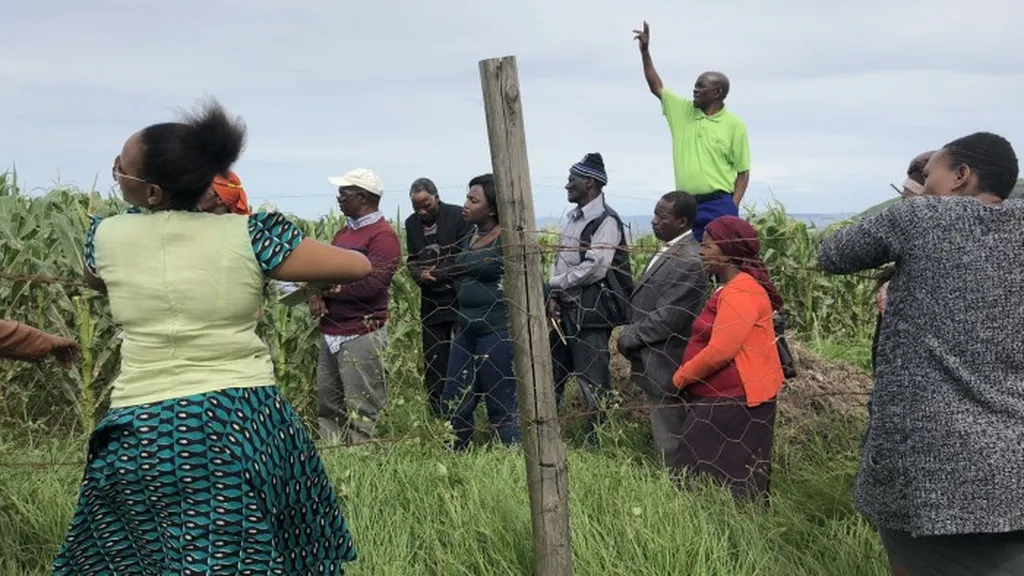In the heart of South Africa’s agricultural landscape, a pressing need for reform in agricultural education and training (AET) systems is emerging, and a recent study published in the *South African Journal of Science* (translated as *Tydskrif vir Natuurwetenskap en Tegnologie*) is shedding light on the systemic blockages hindering progress. Led by Tim Fry from the School of Agriculture, Policy and Development at the University of Reading in the United Kingdom, the research focuses on the Mpumalanga Province, offering a structural-functional diagnostic of the region’s AET system through the lens of an Agricultural Innovation System (AIS).
The study underscores the growing complexity of farming, where economic, environmental, and social contexts are becoming increasingly turbulent. “There’s a pressing need for systemic capabilities that enable the identification, development, and scaling of shared solutions,” Fry explains. “This requires a cohesive AET system that identifies the needs of entire food systems and delivers responsive pedagogies that combine learning sources.”
However, the current AET system in Mpumalanga is plagued by a lack of communication and coordination mechanisms, hindering both vertical and horizontal interactions between multi-actor groups. This absence contributes to a disenabling environment for AET-supportive networking, facilitation, and brokerage. “Missed opportunities abound,” Fry notes, “to facilitate between food system actors and AET providers to develop transdisciplinary research and pedagogies that harness diverse knowledge, resources, and networks to maximize impact.”
The research highlights that while there are industry-led needs assessment structures, they operate in silos and lack public sector engagement. This fragmentation prevents organizations with complementary mandates, knowledge, and infrastructures from responding to common priorities effectively.
The significance of this study lies in its innovative approach. Unlike previous research that focused on local-level agriculture or commodity-specific insights, Fry’s work evaluates how multi-actor access and capabilities influence outcomes and the development of disenabling or enabling environments for AET in Mpumalanga. By applying an AIS-diagnostic lens, the study identifies systemic blockages that hinder multi-actor collaboration within the province’s citrus and maize subsystems.
The implications for the agricultural sector are profound. A well-integrated AET system could foster transdisciplinary curricula, bridging the gap between theoretical knowledge and practical application. This integration could lead to more innovative and sustainable farming practices, ultimately enhancing productivity and resilience in the face of climate change and market fluctuations.
As the agricultural sector grapples with these challenges, the insights from Fry’s research offer a roadmap for reform. By addressing the identified systemic blockages and fostering greater collaboration among stakeholders, the AET system in Mpumalanga—and potentially beyond—could be transformed into a dynamic, responsive, and impactful force for agricultural innovation.
For those in the agricultural sector, the message is clear: the future lies in collaboration, integration, and a commitment to systemic reform. As Fry’s research demonstrates, the path to a more sustainable and productive agricultural future is within reach, but it requires a collective effort to overcome the barriers that currently hinder progress.

